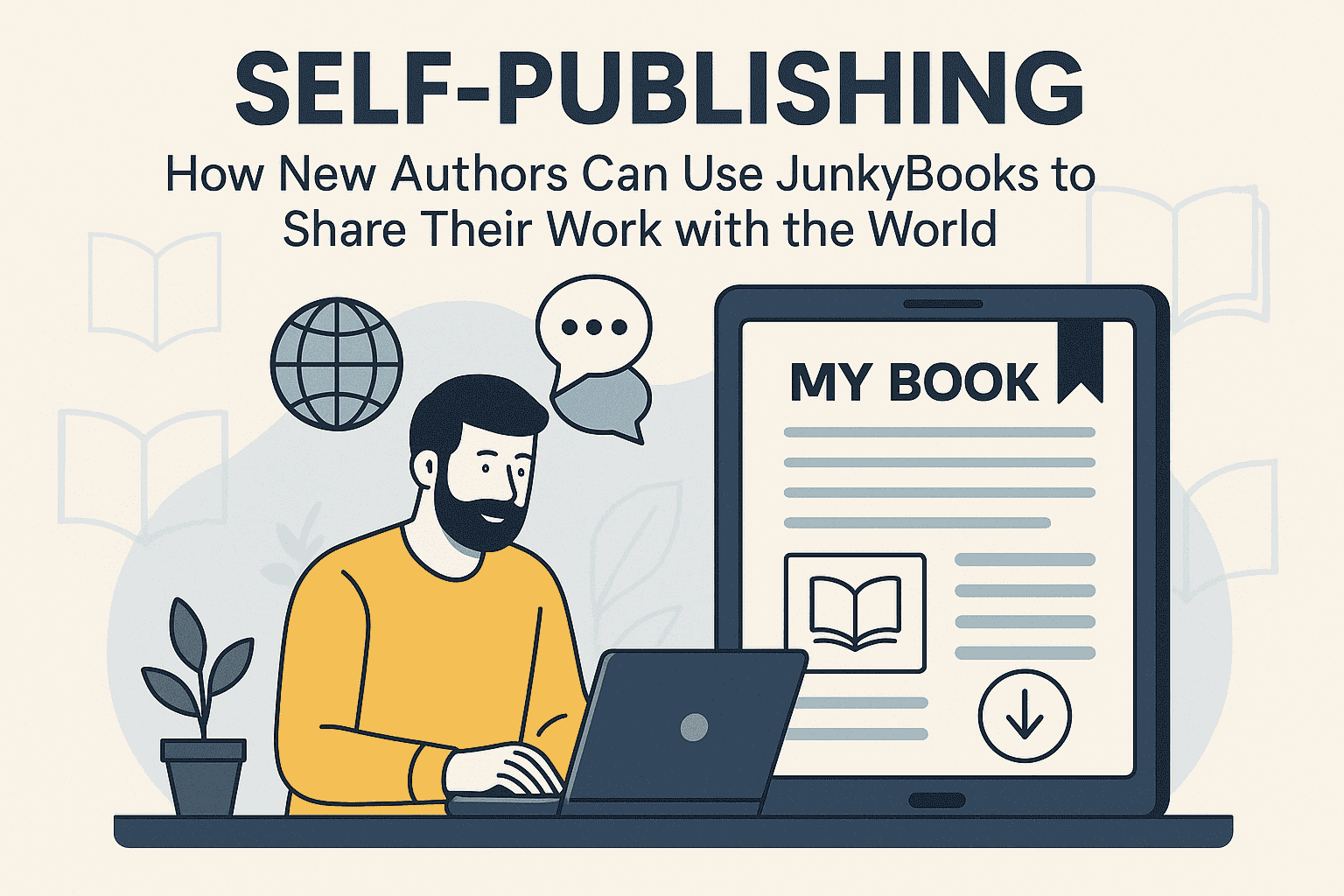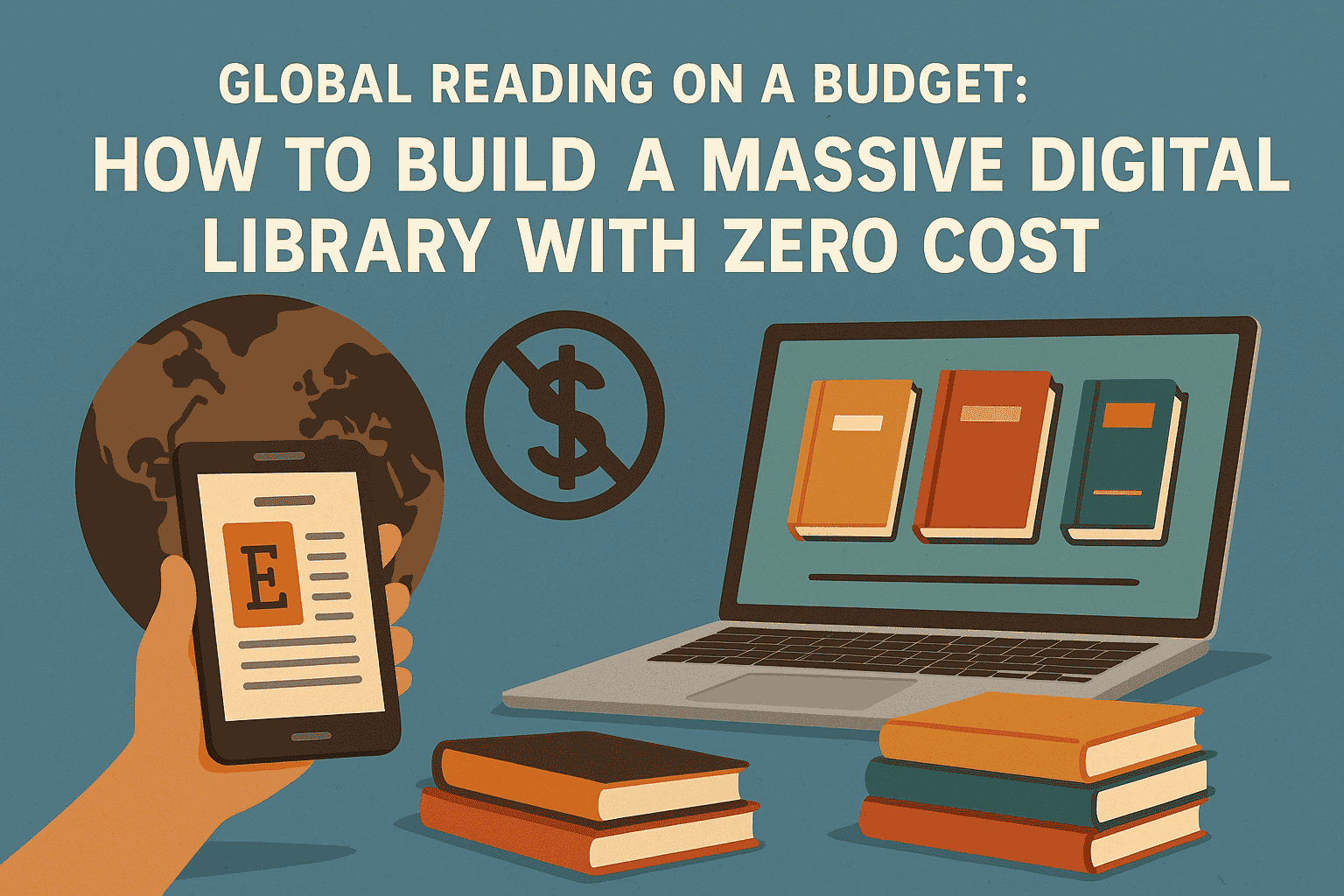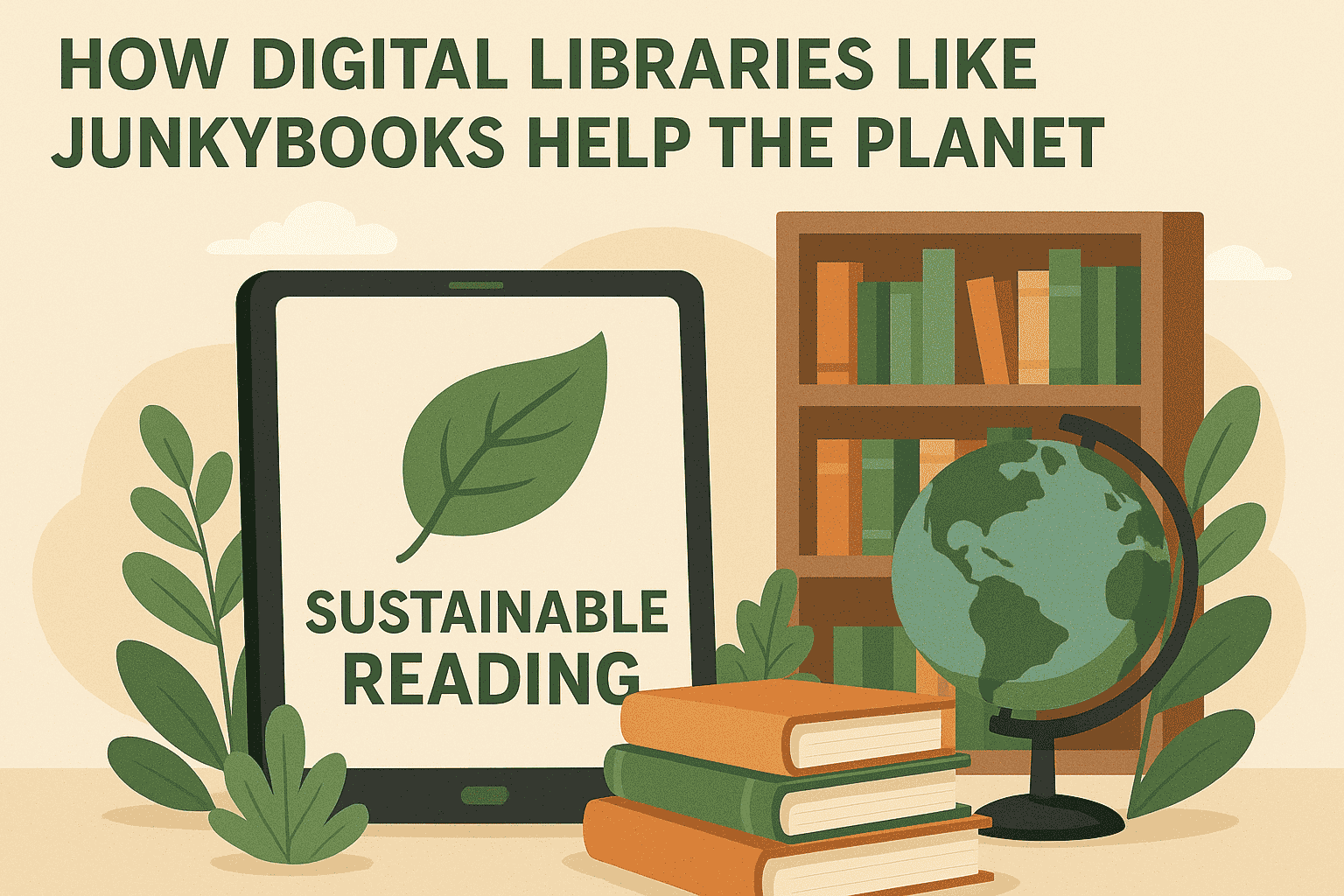Workplace Culture Through the Lens of Business Literature
Workplace culture is one of the most defining aspects of any organization. It influences everything from employee satisfaction to productivity, innovation, and long-term business success. While HR manuals, leadership seminars, and corporate policies attempt to shape culture from within, business literature—both fiction and nonfiction—offers a uniquely human and often critical view of what workplace culture really looks like. It captures not only the spoken rules but also the unspoken norms, the subtle tensions, and the values that truly govern day-to-day work life.
At Junkybooks, where literature and business meet in dynamic conversation, we’ve seen how deeply business novels and autobiographies reflect and critique workplace culture. From satirical takes on corporate bureaucracy to inspiring tales of collaborative innovation, literature offers a compelling lens through which we can evaluate the world of work—not in sterile bullet points, but in rich, lived stories.
In business-themed novels like Joshua Ferris’s Then We Came to the End or the sharp satire of The Circle by Dave Eggers, we find vivid portrayals of modern office life that go beyond the cliché of cubicles and coffee breaks. These books lay bare the emotional realities of workers—uncertainty during layoffs, performative enthusiasm in meetings, and the constant navigation of office politics. They reveal how workplace culture is often a blend of forced camaraderie and quiet competition, where what’s unsaid can be more powerful than what’s printed in a company handbook.
Similarly, business autobiographies by industry leaders often reveal the values that shaped their internal cultures. In The Ride of a Lifetime, Bob Iger details how he fostered a creative, inclusive, and risk-taking culture at Disney. He emphasizes respect, courage, and thoughtful decision-making—not just as leadership principles, but as cultural foundations that fueled Disney’s evolution. These real-life narratives show that the most successful companies are those that consciously build cultures that support—not stifle—talent and innovation.
Workplace culture is not just about ping pong tables and casual Fridays. It’s about how people communicate, whether they feel safe to speak up, how recognition is given (or withheld), and whether burnout is rewarded or discouraged. Literature captures these nuances in ways traditional business writing rarely can. A novel like The Devil Wears Prada, for instance, explores toxic hierarchy and emotional labor in high-pressure industries, portraying a culture where fear is disguised as excellence and burnout is a badge of honor. While dramatized, such stories hit close to home for many readers who have experienced similar environments.
In contrast, some business literature presents aspirational workplace cultures, where teams are empowered, diversity is embraced, and innovation is encouraged. Books like Creativity, Inc. by Ed Catmull showcase how companies like Pixar succeed by nurturing creativity, allowing failure, and keeping ego in check. These stories reflect a cultural ideal that many startups and corporations aspire to emulate—where psychological safety is prioritized and every voice matters.
What’s interesting is how fiction and nonfiction often intersect in their critique of workplace norms. Business novels may exaggerate for effect, but they often reflect truths echoed in executive memoirs and case studies. Both genres contribute to a broader cultural conversation: What makes a workplace truly great? Is it profit, purpose, people, or a blend of all three?
Junkybooks often curates titles that dive deep into these questions. Some highlight the absurdities of corporate life—books like Office Space (yes, it started as a short story!) reveal a bleak yet humorous view of meaningless work and rigid hierarchies. Others, like Start with Why by Simon Sinek, challenge organizations to root their culture in purpose, not just profits. These perspectives help readers identify cultural red flags and also envision what healthier, more human-centered work environments could look like.
Workplace culture also intersects with issues of identity, inclusion, and power. In many business novels and memoirs, we see how gender, race, and class influence one’s experience at work. Books like Lean In by Sheryl Sandberg or Unfinished Business by Anne-Marie Slaughter open up conversations around work-life balance, systemic bias, and the emotional toll of ambition. They challenge the traditional narratives of success that ignore the cultural and structural challenges many face in the workplace. Through these accounts, we begin to understand that workplace culture is not a neutral backdrop—it is shaped by historical power dynamics and ongoing social struggles.
Even dystopian business fiction has something to say about culture. Novels like Severance by Ling Ma use speculative frameworks to critique late-stage capitalism and the dehumanization of labor. In these stories, the workplace becomes a metaphor for a society obsessed with productivity at the cost of individuality and wellbeing. These works may be extreme, but they remind us of the cultural trends we must resist if we hope to create truly humane work environments.
The influence of workplace culture also extends to leadership. Leaders don’t just manage culture—they create it, intentionally or not. Business literature often shows how leadership styles trickle down to influence every layer of an organization. A CEO who values transparency and empathy can foster trust, while one driven by fear and control may create toxicity. Junkybooks often features memoirs where leaders reflect on their missteps—acknowledging how their personal insecurities, unchecked egos, or lack of communication damaged workplace morale. These candid insights are invaluable for readers who want to build not just successful businesses, but sustainable and supportive cultures.
Another powerful theme in business literature is how workplace culture evolves over time. Companies that thrived with a scrappy, startup mindset often struggle as they scale. The informality that once fostered innovation may later give way to chaos or lack of accountability. Business autobiographies like That Will Never Work by Netflix co-founder Marc Randolph reflect on these cultural growing pains—when to stick with what works, and when to adapt for long-term survival. These narratives remind us that culture is never static. It must be continuously evaluated, nurtured, and redefined.
Ultimately, workplace culture isn’t just an internal issue—it shapes public perception, employee retention, and even customer experience. In today’s transparent world, where company reviews are publicly posted and corporate scandals go viral overnight, a toxic culture can be a massive liability. Conversely, a strong, positive culture can be a competitive advantage. That’s why business literature—especially when explored through Junkybooks—can be such a vital resource. It allows us to see what works and what doesn’t, not through abstract theory, but through human-centered storytelling.
In conclusion, workplace culture is one of the most significant forces behind business success or failure, and business literature—whether in the form of a sharply written novel or a candid executive memoir—offers a deep and revealing look into this often invisible force. These books help us understand how culture is built, broken, and sometimes beautifully rebuilt. They inspire us to ask better questions about our own work environments: Are we empowering or exhausting our teams? Are we listening, or just talking? Are we building a culture that others want to be part of?
Through the lens of literature, the workplace is no longer just a backdrop for business—it becomes the central character in the story of innovation, leadership, and change. At Junkybooks, we’ll keep exploring these narratives, because they don’t just reflect the culture—we believe they have the power to shape it.






